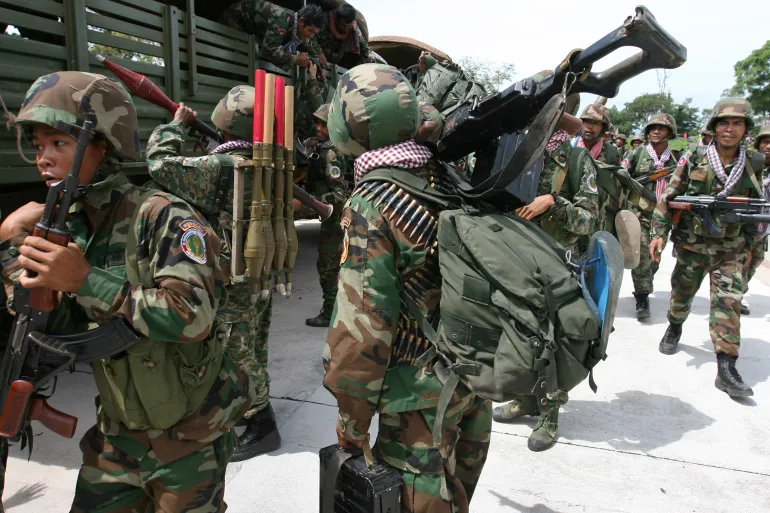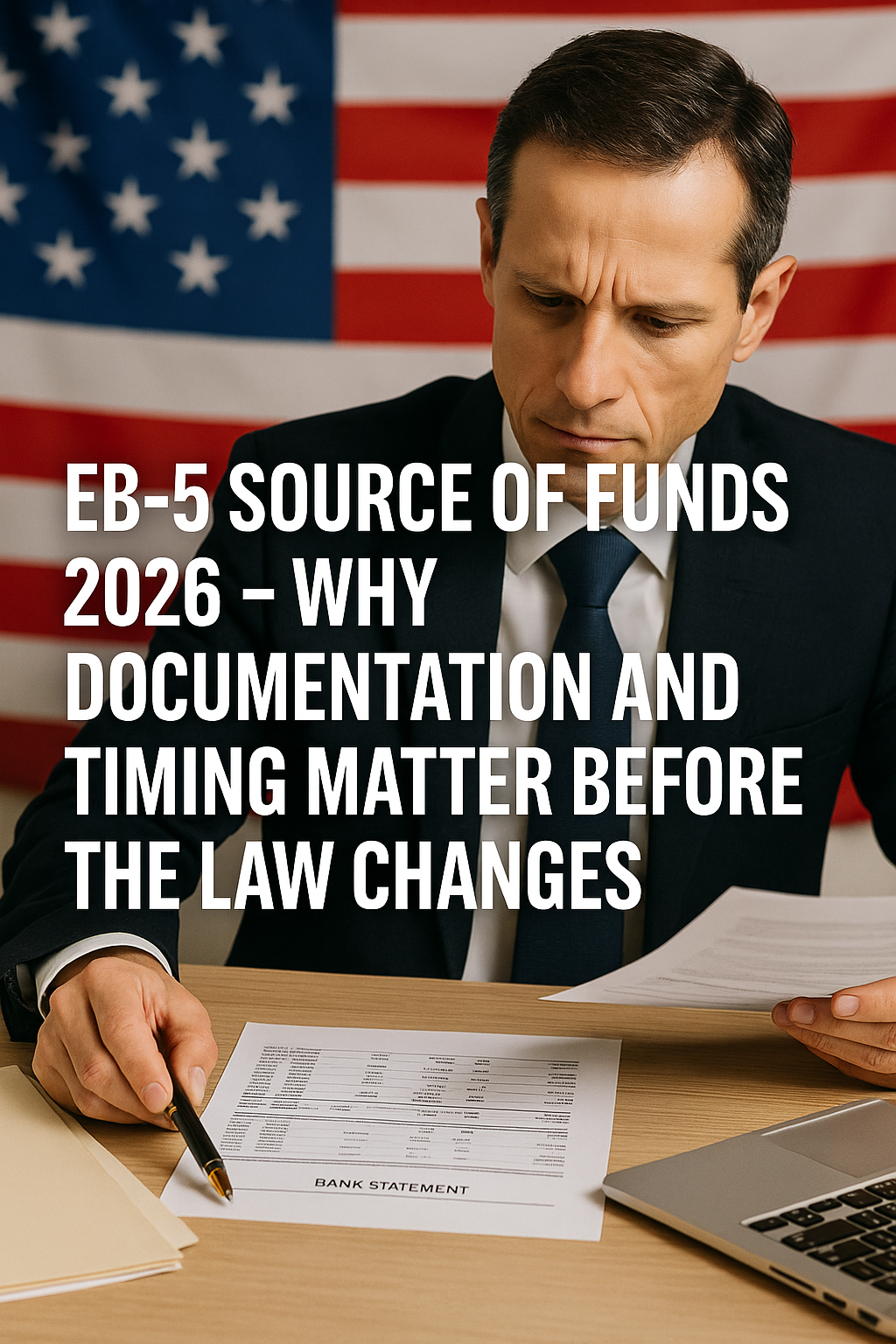Thailand and Cambodia have agreed to an immediate and unconditional ceasefire following five days of intense fighting along their disputed border. The conflict, which marked the deadliest military exchange between the two Southeast Asian neighbors in over a decade, resulted in at least 36 deaths—most of them civilians—and forced the displacement of over 300,000 people.

Ceasefire Agreement Reached
The ceasefire came into effect at midnight local time after urgent diplomatic efforts led by Malaysian Prime Minister Anwar Ibrahim, the current ASEAN chair. The agreement was backed by key international stakeholders, including the United States and China, reflecting the broader geopolitical implications of the conflict.
As part of the agreement, Thailand and Cambodia will participate in direct talks on August 4, involving their foreign and defense ministers. A joint monitoring team will be established to ensure compliance with the ceasefire terms.
Conflict Background and Impact
The fighting erupted over a long-standing border dispute near the Preah Vihear temple region, a recurring flashpoint between Thailand and Cambodia. The clashes included the use of airstrikes, drones, artillery, and naval support.
In addition to the reported 36 fatalities, widespread damage was inflicted on civilian areas, prompting mass evacuations. Humanitarian organizations have reported that more than 300,000 people were displaced as a result of the conflict, with many seeking refuge in temporary shelters on both sides of the border.
Regional and Political Reactions
Cambodian Prime Minister Hun Manet welcomed the ceasefire as a critical step toward de-escalation and regional stability. Thai Acting Prime Minister Phumtham Wechayachai reaffirmed Thailand’s commitment to defending its sovereignty while supporting peaceful dialogue.
Both leaders acknowledged the critical role of ASEAN mediation in facilitating the truce. The ceasefire is seen as a test for ASEAN’s ability to resolve intra-regional conflicts without reliance on external intervention.
Outlook and Concerns
While the ceasefire marks a diplomatic breakthrough, regional analysts warn that the underlying territorial dispute remains unresolved. Without a long-term framework for settlement, there are concerns that the fragile peace could be temporary.
Nevertheless, the ceasefire has created space for dialogue and cooperation, reducing immediate threats to civilian populations and allowing humanitarian efforts to begin.
Why It Matters
The agreement between Thailand and Cambodia is a significant development for Southeast Asia. It halts a major military conflict, restores a measure of regional stability, and reinforces the role of ASEAN in conflict mediation.
The ceasefire also reflects growing international attention to the region’s stability, especially as global powers continue to engage diplomatically with both nations.









